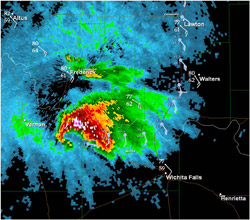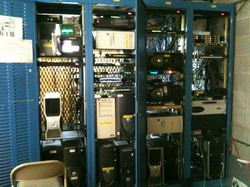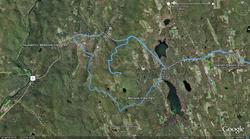 I am typing on a 2½ year old Dell 640m laptop. Like most computers it has slowed over time. It’s not wearing out. It’s the victim of dozens of instances of poor or sloppy programming! It can be fixed–in fact it has been fixed.
I am typing on a 2½ year old Dell 640m laptop. Like most computers it has slowed over time. It’s not wearing out. It’s the victim of dozens of instances of poor or sloppy programming! It can be fixed–in fact it has been fixed.
Unfortunately, installing programs in a Windows computer is not as simple as it would seem. Windows (all versions of Windows) depend on a “registry.” Here’s how PCMag.com defines it:
Over time the registry gets bloated and full of orphan files.
On top of that some programs are just not as nice as they seem! They can take up resources even when you’re not using them!
Most computers also end up with a few handfuls of ‘helper programs.’ These are little applets that run all the time checking of the master program needs updating. They each use a little memory and processor power though they’re seldom really needed.
I might as well point a finger at myself too. Over time I’ve been a software slut installing lots of programs and never uninstalling them when I stopped using them.
Anyway, long story short, I decided it was time. Dell nicely dedicates a portion of the original hard drive to an image of the factory fresh install. I backed up the files I figured I’d need, rebooted and started the journey.
The actual Windows Vista Business re-install didn’t take long. What was tedious was going to Windows Update to get all the patches and fixes–nearly 100. The process was slow and the progress was poorly conveyed by Vista. I often wondered if anything was happening. Some patches wouldn’t even install!
Yeah, that’s right. A totally virgin install of Vista didn’t properly update using Microsoft’s own tools! Seriously. That’s disgraceful.
Dell’s not much better. Their support area has many patches listed for the programs in this machine. Unfortunately, their links lead to an error message indicating the patches aren’t there!
I’ll wait a day before contacting Dell. This seems like the kind of problem they’ll quickly find on their own. Right Dell?
I was surprised by how little of my stuff was on this machine. My photos get pushed to a backup drive. Most of my documents live ‘in the cloud’ on a Google server somewhere.
Vista features the Aero interface with translucent windows on screen. When I first got this machine I turned it off. I originally thought it was a resource hog. It’s on right now because I’m no longer sure shutting it down really does make a difference.
Mostly Aero is eye candy–and not particularly Earth shattering.
I really won’t know this machine’s true state until I start editing photos. My RAW photos from the Canon Xsi weigh in at 16Mb per shot (approximately). Photo editing and manipulation is really heavyweight math. That’s the true test. If the machine performs as it did all this work will have been for nothing–and that’s a real possibility.
My best guess is the job’s around 75% done. There are more programs to load.
At some point I expect I’ll realize something I need no longer exists–inadvertently left off the backup. Hopefully nothing too important.








